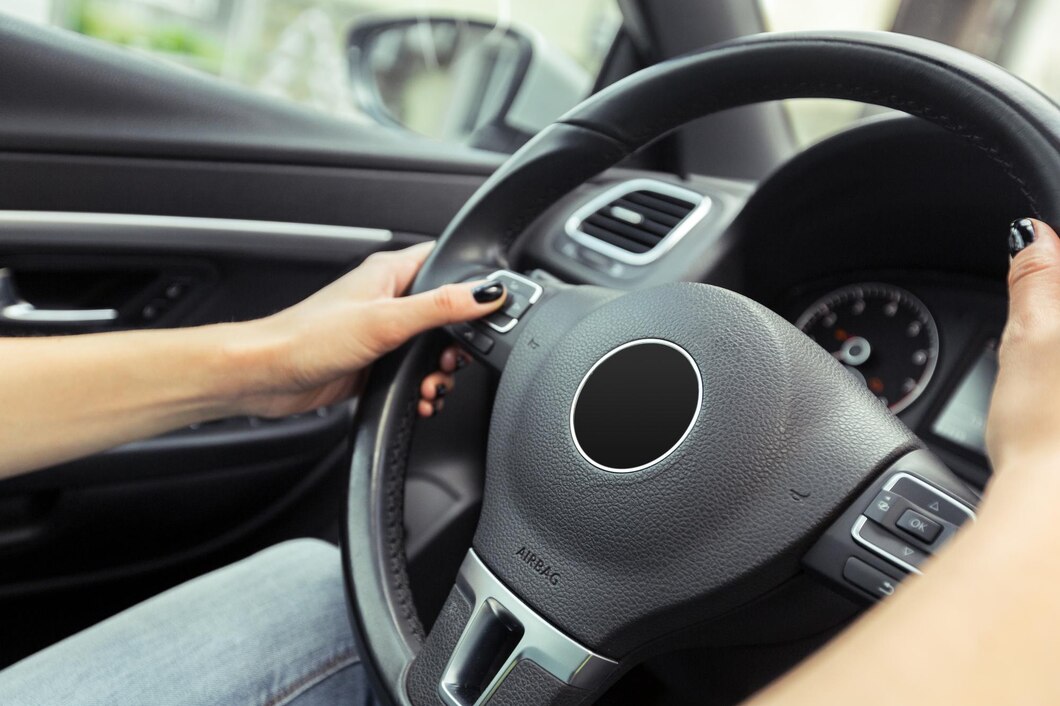The steering column is a critical component of any vehicle, serving as the connection between the steering wheel and the steering mechanism. While often overlooked, the design and functionality of the steering column play a significant role in the driving experience. From traditional manual steering columns to advanced electronic systems, there are several types of steering columns used in modern cars. Let’s delve into the world of automotive engineering and explore the various types of car steering columns you need to know about.
- Manual Steering Columns:
Manual steering columns, also known as mechanical steering columns, are the most basic type of steering system. They consist of a shaft connected to the steering wheel at one end and the steering rack or gearbox at the other end. When the driver turns the steering wheel, the shaft rotates, transmitting the motion to the wheels and allowing the vehicle to change direction. Manual steering columns are simple, reliable, and cost-effective, making them a common choice in older vehicles and budget-friendly models. - Power-Assisted Steering Columns:
Power-assisted steering columns, also known as power steering columns, incorporate hydraulic or electric systems to reduce the effort required to turn the steering wheel. These systems use a power steering pump or motor to assist the driver in steering, particularly at low speeds or when parking. Power-assisted steering columns provide a smoother and more comfortable driving experience, making them a popular choice in modern cars. - Tilt Steering Columns:
Tilt steering columns allow the driver to adjust the angle of the steering wheel to suit their preferences and driving position. By loosening a lever or pressing a button, the steering wheel can be tilted up or down, providing added comfort and convenience. Tilt steering columns are especially beneficial for drivers of different heights or those with mobility limitations, allowing them to find the optimal driving position. - Telescopic Steering Columns:
Telescopic steering columns offer additional adjustability by allowing the steering wheel to be moved closer to or farther away from the driver. This feature is particularly useful for drivers who have longer or shorter arms or prefer to sit closer or farther back from the steering wheel. Telescopic steering columns provide a customizable driving experience, enhancing comfort and control behind the wheel. - Electronic Steering Columns:
Electronic steering columns, also known as steer-by-wire systems, are the latest advancement in automotive technology. Instead of mechanical linkages, these systems use electronic sensors and actuators to control the steering mechanism. By eliminating the need for a physical connection between the steering wheel and the wheels, electronic steering columns offer greater flexibility in vehicle design and improved fuel efficiency. They also enable advanced safety features such as lane-keeping assistance and autonomous driving capabilities.
From manual steering columns to electronic steer-by-wire systems, the world of car steering columns is diverse and ever-evolving. Each type offers its own set of advantages in terms of performance, comfort, and convenience. By understanding the different types of steering columns available, drivers can make informed choices when selecting a vehicle and ensure a satisfying driving experience on the road. Whether you prefer classic manual steering or cutting-edge electronic technology, there’s a steering column to suit every driver’s needs and preferences.











